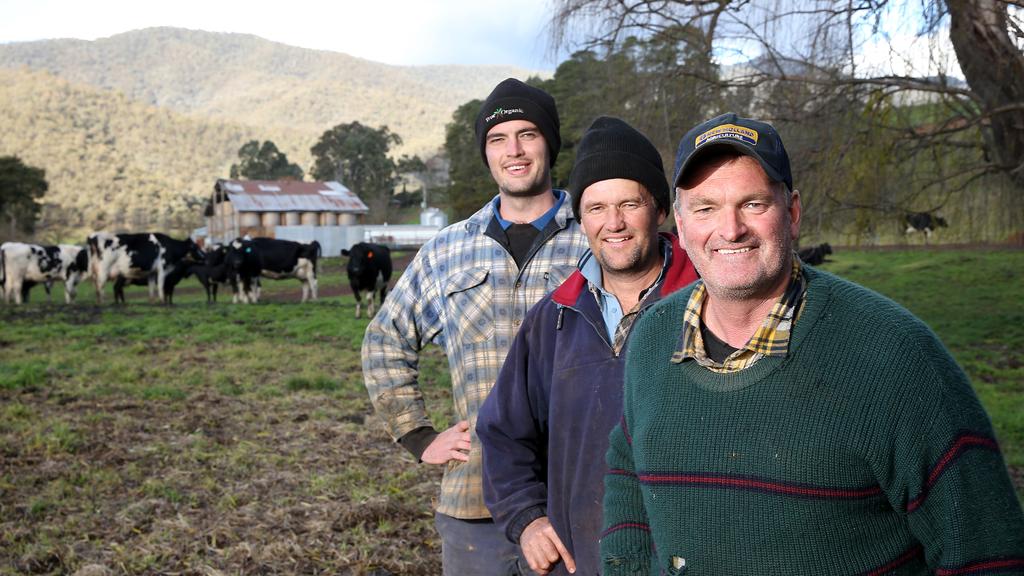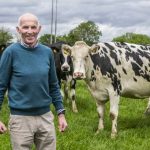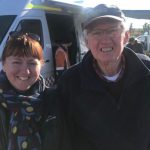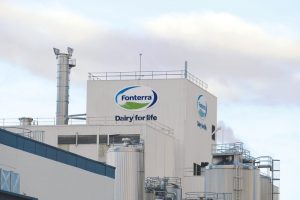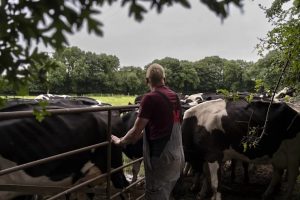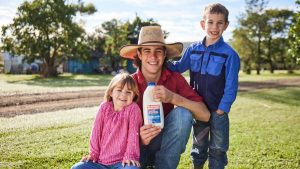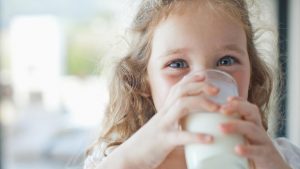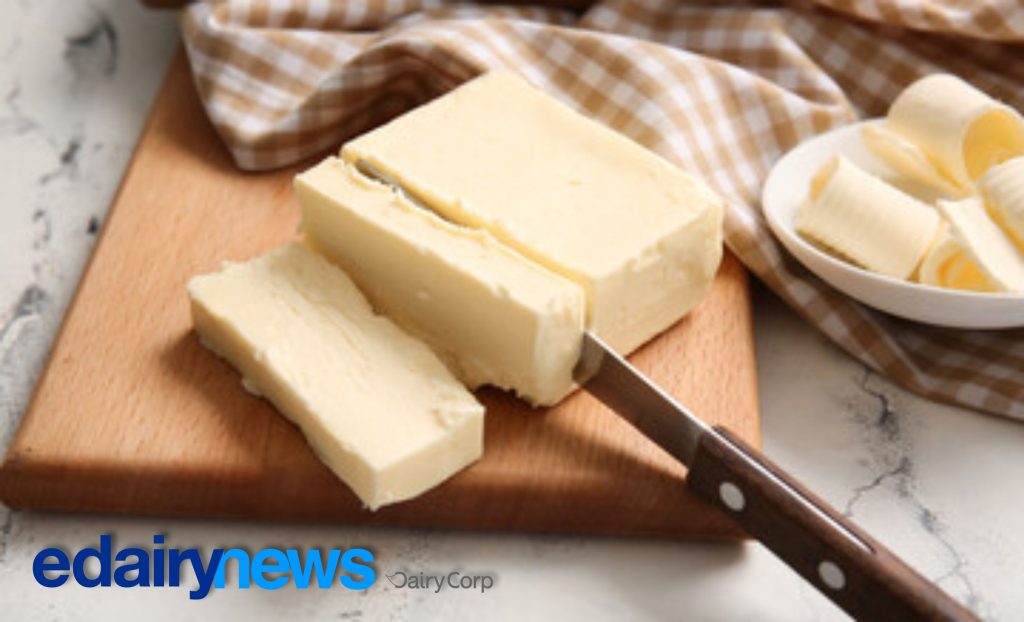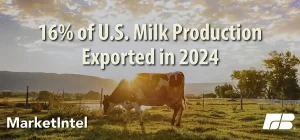
There is also fierce competition to sign up organic dairy farmers by a growing number of companies who want their milk.
Wattle Heath Australia Limited and the Organic Dairy Farmers of Australia have embarked on a joint venture, the Corio Bay Dairy Group, building an organic nutritional milk spray dryer in North Geelong.
The $70 million project is expected to be completed by March next year and will target the organic nutritional milk powder market for infants, children, adults and the elderly.
Wattle Health Australia Limited executive chairman Lazarus Karasavvidis described the lift in sales of organic products as a “zeal by consumers”.
“Since 2012, one of the highest levels of growth in the food sector has been organic foods and its growth has been in double digits since then,” Mr Karasavvidis said.
He was unwilling to speculate on the potential market size for Australian organic milk powder-based products, but said organic sales in Europe and the United Kingdom accounted for about 5-10 per cent of all milk sales.
A Dairy Australia spokeswoman said about 50 million litres of organic milk was produced in Australia annually.
The amount had doubled over the past 15 years, yet still only represented 0.6 per cent of production.
The spokeswoman said the organisation’s research showed organic milk attracted a premium of about 40 per cent, but was highly variable.
“This figure is highly variable given the volatility in conventional milk prices, and subject to further change initially as more processors build up organic milk pools, then subsequently as the supply grows and matures,” she said.
ODFA spokeswoman Robyn Ollson-Smith said there was increasing competition from major milk companies for organic milk.
“Our point of difference is that our farmers are paid in cash and shares and are part of the business,” Ms Ollson-Smith said.
Corryong dairy farmer Steve Whitsed and his family have been wedded to organic production for two decades and are keen supporters of the ODFA. “All farmers’ business models are unique to their own circumstances, but for us the figures certainly stack up, and even when the prices were depressed in the general industry, the ODFA co-op’s price wasn’t affected as much,” Mr Whitsed said.
Most of the ODFA’s 50 suppliers came from Victoria but the group was looking for more farmers, with some from Tasmanian already signing up.
One of ODFA’s goals is to have enough dairy farmers in Tasmania to establish a facility there.
